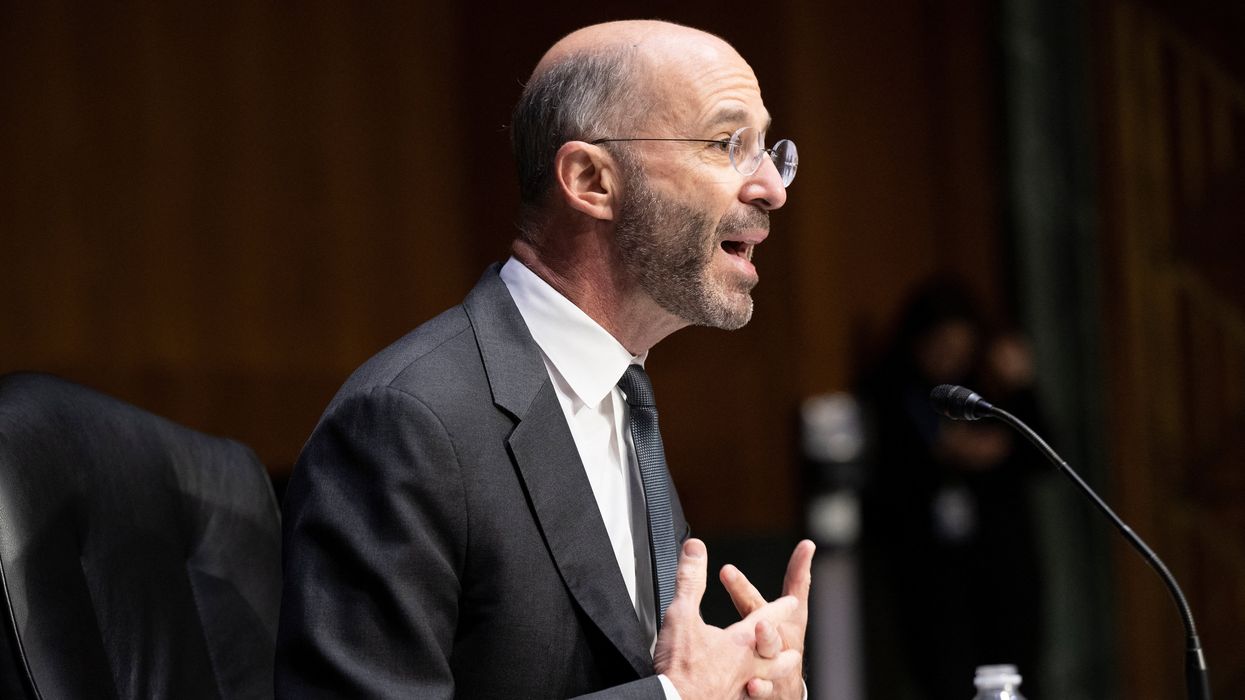A generation has passed since the Cold War ended --- and along with it, a true understanding of communism. Young voters today grew up in school systems where capitalism was often a dirty word. They heard the siren call of socialism and its promise of being the great equalizer. They're in for a rude awakening.
In this series, Glenn discusses the origins of communism, what it really means and what lurks behind the pleasant label of "democratic socialism."
Communism Part III: The Rise in America
America has been the single biggest force in changing the fortunes of the world, more than any other nation ever conceived. As such, you would assume the nation would be celebrated. And with many, it is. But with others, it's mocked, ridiculed, derided, blamed and demonized. And then there are those within its own borders who have sought to fundamentally transform it.
Ever since communism took root in Russia and began spreading its philosophy around the globe, the United States has been fighting its spread from the outside. The more difficult battle, however, has come from within. Even with the freedom, prosperity and quality of life in America, for a variety of reasons, there have always been dissenters.
At the turn of the 20th century, men like Teddy Roosevelt and Woodrow Wilson adopted progressive ideology, believing the Constitution to be a living, breathing document. Like socialists and communists, progressives believe more in government than the individual. For them, the power and influence of government is the key to achieving social justice.
The term "social justice" has long been a euphemism for socialism and communism. Progressives share much in common with both socialists and communists, but progressives are simply more patient, willing to progress slowly, rather than through revolution.
In 1920, faced with a depression even greater than that of 1929, the Harding-Coolidge administration took a hands-off approach to government and cut spending in half. The economy bounced back almost immediately, bringing in the Roaring Twenties.
In 1929, however, the Hoover administration took the opposite approach, intervening to deal with the crisis. And in 1932, newly elected progressive Democrat Franklin Roosevelt became even more committed to government intervention and programs. The depression lasted another 13 years in America, much longer than the rest of the world, due to FDR's so-called New Deal, with sky-high unemployment, rationing, inflation and a decade of misery.
By the '30s and '40s, suspicions were rampant that communists had infiltrated the highest levels of the U.S. government, although hard-core proof was hard to come by. Even U.S. President Franklin Roosevelt seemed to share the ideology of communists, proposing a second Bill of Rights that outlined work, rest and leisure, health protection, care in old age and sickness, housing, education and cultural benefits — rights included in the Soviet communist constitution.
The late 1940s and '50s were a dangerous time for the United States. The Soviets had just successfully tested their first nuclear weapon after Soviet spies had stolen the technology from America. Communists took over China. And North Korean communists invaded South Korea, bringing us into yet another war. And a senator from Wisconsin, Joel McCarthy claimed to have the list of some 57 communists in the State Department. Eventually, even Hollywood entertainers, actors, directors and producers were blacklisted.
The social upheaval of the 1960s made the perfect breeding ground for a Marxist community organizer named Saul Alinsky to significantly influence young minds. Alinsky was a Marxist agitator, who believed that people could be agitated — even if they didn't know they needed to be. The youth, affected by Alinsky's Rules for Radicals, would grow up heavily influenced by him. However, rather than protest and agitate, they decided to effect change from the inside the political system.
Listen to the Full Series on Communism

















